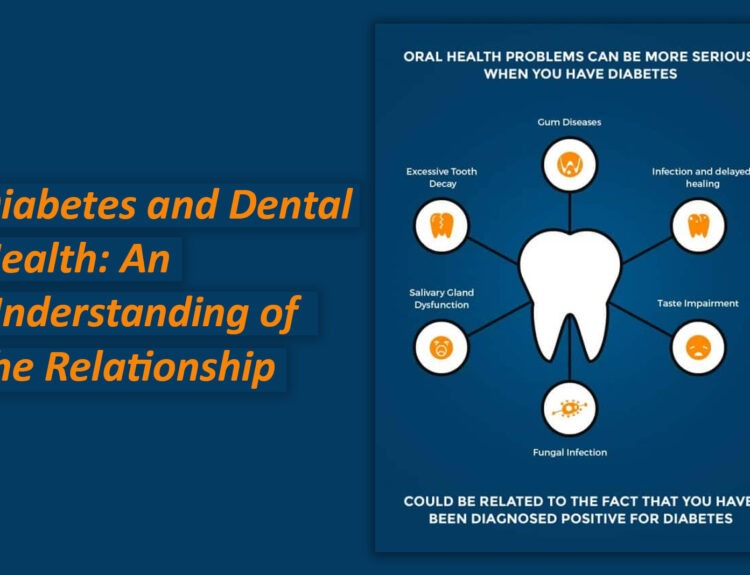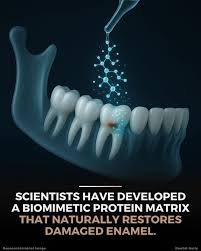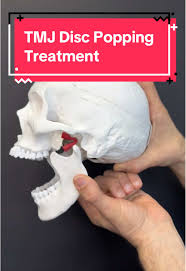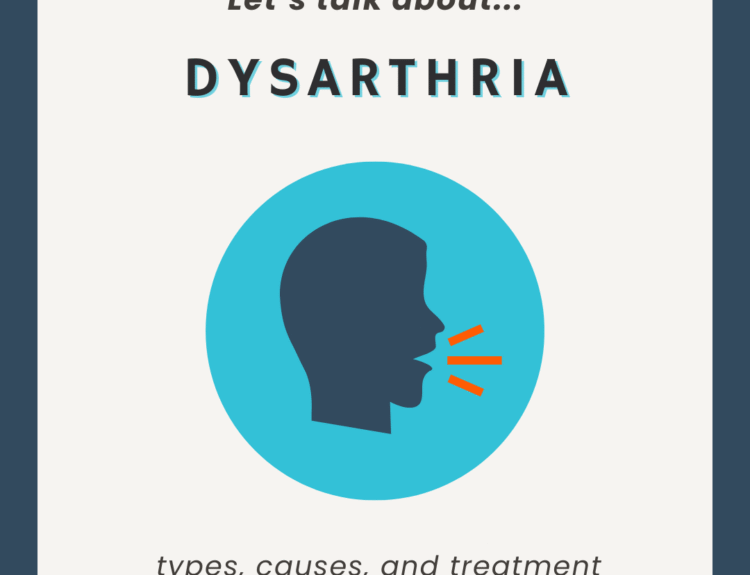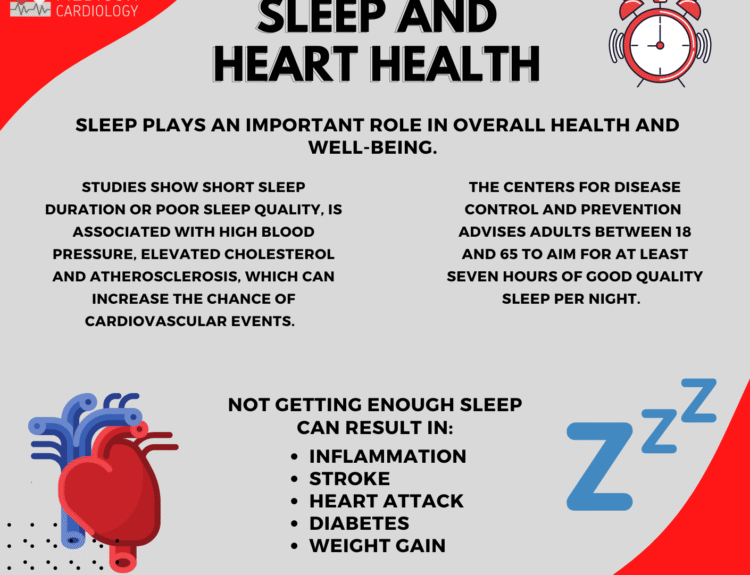Facial pain mimicking toothache is a complex and often misunderstood condition that requires a multidisciplinary approach for accurate diagnosis and effective treatment. Toothaches are a common complaint, often attributed to dental issues such as cavities, abscesses, or gum disease. However, not all pain perceived as a toothache originates from the teeth. Facial pain mimicking toothache, also known as orofacial pain, can stem from a variety of non-dental sources, posing a significant diagnostic challenge for both patients and healthcare professionals. Understanding the underlying causes, diagnostic process, and treatment options is crucial for effectively managing this condition.
Facial pain that mimics toothache often originates from the intricate network of nerves supplying the face and mouth. Its proper diagnosis is highly essential as misdiagnosis leads to unnecessary dental procedures, exacerbating the condition.
Common Causes of Facial Pain Mimicking Toothache
- Temporomandibular Joint Disorders (TMD):
Disorders of the temporomandibular joint (TMJ), which connects the jaw to the skull, can lead to referred pain in the teeth. Patients may report a dull ache or sharp pain that feels like a toothache, particularly in the back teeth. - Trigeminal Neuralgia:
Trigeminal neuralgia is a long-standing pain condition. Sudden, severe, stabbing pain in the face charaterize it. It is generally mistaken for dental pain. - Sinus Infections:
The proximity of the maxillary sinuses to the upper teeth often causes sinusitis to present as tooth pain. Inflammation or infection in the sinuses can exert pressure on the roots of the upper teeth, creating the illusion of dental pain. - Neuropathic Pain:
Following dental procedures such as extractions or root canals, some patients develop neuropathic pain due to nerve damage. This persistent pain can feel like a toothache even when the affected tooth has been treated or removed. - Cluster and Migraine Headaches:
Certain headache disorders, such as cluster headaches and migraines, can cause referred pain to the teeth and jaw. This pain is often episodic and may coincide with other symptoms like sensitivity to light or nasal congestion. - Referred Pain from Other Structures:
Pain from structures such as the ear, throat, or even the heart (in cases of angina) can radiate to the jaw or teeth. This phenomenon emphasizes the complexity of diagnosing toothache-like pain.
Management
The treatment for facial pain mimicking toothache depends on its underlying cause:
- Dental Issues: If an undetected dental problem is identified, appropriate treatment, such as fillings, root canals, or periodontal therapy, is performed.
- Medication: Neuropathic pain and trigeminal neuralgia often respond to medications such as anticonvulsants (e.g., carbamazepine) or antidepressants (e.g., amitriptyline). Muscle relaxants relieve the TMD pain .
- Physical Therapy: For TMD, physical therapy exercises, jaw massages, and lifestyle modifications can reduce pain and improve joint function.
- Surgical Interventions: In severe cases of trigeminal neuralgia or TMD, surgical options may be necessary.
- Addressing Systemic Conditions: For pain from systemic issues, such as sinus infections or heart problems, treating the primary condition alleviates the symptoms.
- Psychological Support: Chronic facial pain can take a toll on mental health, leading to anxiety or depression. Psychological support and stress management techniques can aid in general recovery.


